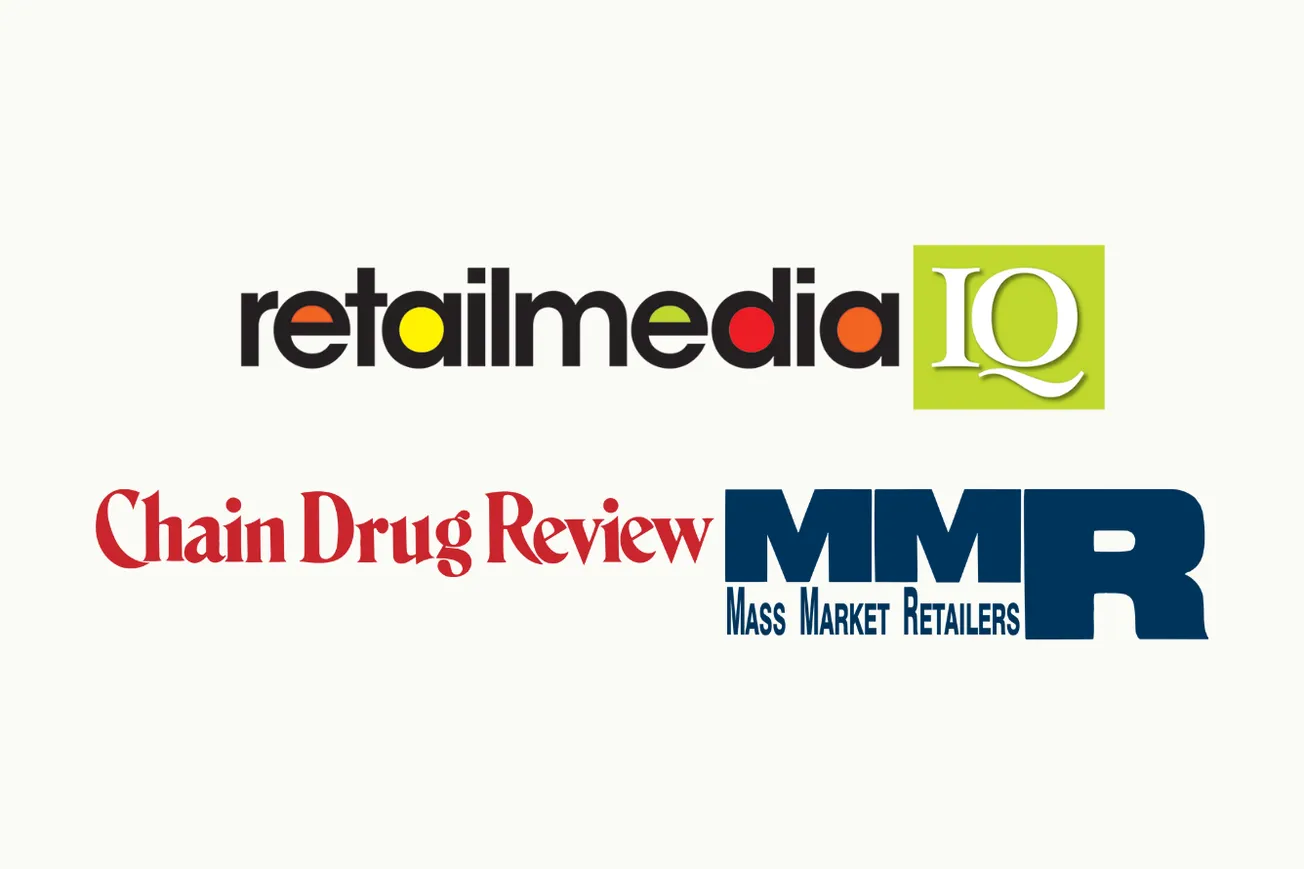NEW YORK — Capital Rx, a next generation pharmacy benefits manager, announced on Wednesday the launch of its Clearinghouse Model, the first major innovation in the way prescriptions are priced for over three decades. Through this new pricing framework, Capital Rx brings full visibility to drug unit prices and eliminates arbitrary price variability for patients and employers.

“Everyone knows drug prices are rising at alarming rates, but the most interesting metrics we’ve been following over the years are price variability and PBM profit margins.” said A.J. Loiacono, chief executive officer of Capital Rx. “Gaps between AWP and acquisition cost create large “spread” opportunities for traditional PBMs.In this model, different employer groups pay wildly different drug prices, and two patients in the same plan can be charged different prices, even when standing in the same pharmacy. This absurd process ends with the introduction of the Clearinghouse Model.”
Presently, employers never see the PBM’s reimbursement to the pharmacy, and the pharmacy never sees the amount billed to the employer, enabling artificial price variability. “We looked at a variety of models to solve this issue,” said Joseph Alexander, chief operating officer of Capital Rx, “but we focused on the most famous clearinghouse of all, the New York Stock Exchange. By allowing each counterparty to verify and authenticate a drug’s price, Capital Rx brings principles widely accepted in the financial world to the prescription drug industry for the first time.”
“When Capital Rx approached us with the Clearinghouse Model, we immediately recognized a common goal and shared vision,” said Luke Kleyn, vice president, Walmart Health and Wellness. “Walmart is working with Capital Rx to deliver the lowest prescription prices and enable our customers to live better. “Under the Clearinghouse Model, employers and plan sponsors will have direct visibility to the value provided by Walmart.”
Capital Rx’s Clearinghouse Model deploys the National Average Drug Acquisition Cost (NADAC), which is maintained by the Centers for Medicare and Medicaid (CMS) based on surveys of actual acquisition costs among retail pharmacies. With a NADAC benchmark, Capital Rx utilizes on an unbiased source that also ensures price consistency because NADAC prices only update when changes of +/-2% occur. In addition, Capital Rx ‘s contracts with employers offer an industry first- actual unit costs for all drugs, that are the same for all customers. In comparison, typical PBM agreements are over 50 pages but do not include a single prescription price.
“Capital Rx delivers fair and stable reimbursements to the pharmacy,“ said Donald Cantalino, pharmacist and owner of Glen Cove Chemists in New York. “Independent pharmacies and chains are often reimbursed well below the acquisition price of the medication, creating an unsustainable financial situation for any store owner. It would be one thing if the full savings went to the patient, but today they are often absorbed by the traditional PBMs as profits. Capital Rx has developed a business model that removes the secrecy from the pharmaceutical delivery system. This long overdue business model will ultimately result in much needed savings for plan sponsors and patients.”
“Capital Rx was founded with the mission to fix the issues plaguing the existing pharmacy benefits model and to address shortcomings in the prescription supply chain.” Loiacono concluded, “Rather than expend resources supporting a system that conflates opacity with earnings, we focus our efforts on improving service and patient outcomes through data-driven programs. The Clearinghouse Model we’re launching is a key first step, establishing a simple framework that allows us to move the conversation past validating artificial pricing guarantees.”








